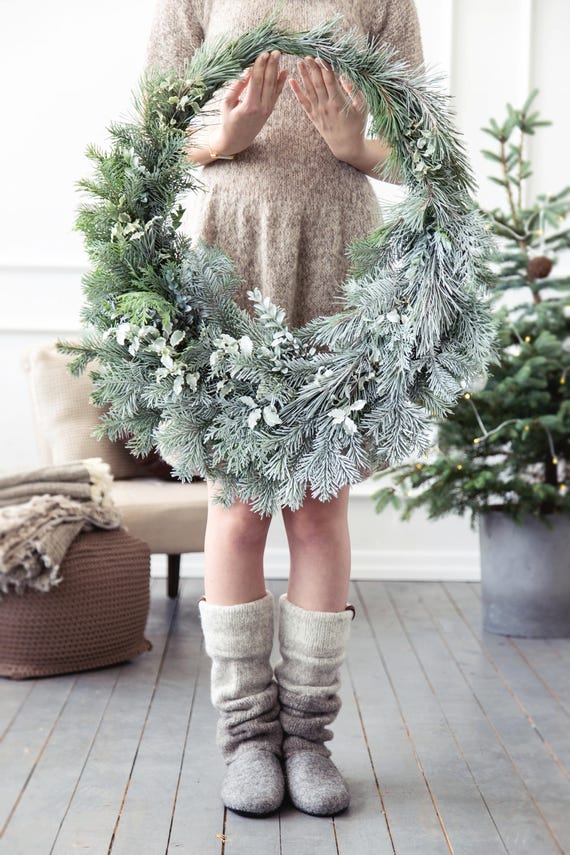Linen is known to be the world’s strongest natural fiber. It is so
durable it’s even used in paper money to increase strength! It is
thicker than cotton and lasts a very long time. Linen textiles appear to
be some of the oldest in the world: their history goes back many
thousands of years. It was sometimes used as a form of currency in
ancient Egypt. Linen is a more expensive raw material than cotton, but
that’s pretty much the only con we could find.
 |
| Knitted linen sweater by GUDOknitwear |
 |
| Sleeveless top by CozyLinen |
The most common complaint about linen is that it wrinkles very easily. Dennis Green share a real story of a nightmare wearing linen shirt. Linen has poor elasticity and does not spring back readily, explaining why it wrinkles. It is smooth, making the finished fabric lint-free, and gets softer the more it is washed. And if you know how to soften linen fabric the nightmare can become a daydream. Thanks to the emergence of new technologies for processing linen fibers, manufacturers are able to significantly reduce the effect of crushing.
 |
| Loose linen tunic by d96p |
Handmade linen clothes is very high quality. You can read more in the CozyLinen blog how they value their clients and what is the purpose behind it.
 |
| Linen men's costume by BlackFicus |
 | |
| Linen scarf by LapelisStudio |
 |
| Linen tunic by LinenDi |
 |
| Mens clothing by POWHA |
- 00:40
- 5 Comments














